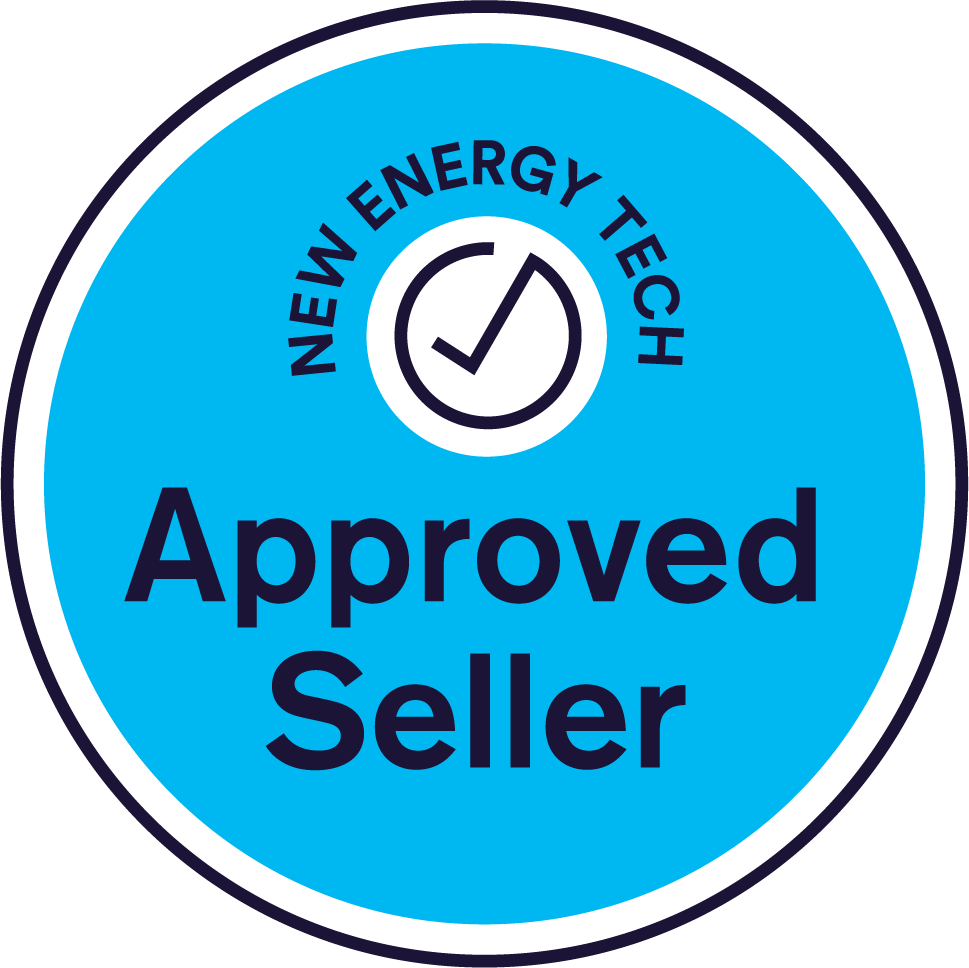In the world of solar energy, Enphase micro inverters have become a game-changer. These small but powerful devices help convert the energy generated by your solar panels into a usable form for your home.
Testing your Enphase micro inverters is a critical step in ensuring your solar system's efficiency and safety.
In this comprehensive guide, we will explore the ins and outs of testing Enphase micro inverters. We'll walk you through the process, offer comparisons between Enphase and traditional string inverters, and provide invaluable tips to make your solar journey a success.
How to Test Enphase Micro Inverters
Testing your Enphase micro inverters is not just a formality; it's a crucial step in guaranteeing the optimal performance of your solar system. Let's delve into why this testing process is essential.
Ensuring Safety and Compliance
Safety should always be a priority in any DIY solar project. Testing your micro inverters helps ensure that your system operates within the safety guidelines and doesn't feed excess power back into the grid, which could pose a danger to line workers.
Confirming System Integrity
A thorough test validates that all your wiring is correctly installed and that your micro inverters are functioning as expected. This step can prevent future issues and save you time and money down the line.
Comparing Enphase Micro Inverters to Traditional String Inverters
Before we dive into the testing process, let's briefly compare Enphase micro inverters to traditional string inverters. This comparison can help you understand the benefits of using Enphase technology.
Enphase micro inverters are compact units that attach to individual solar panels. They are known for their ability to optimize the performance of each panel independently, resulting in higher energy production, especially in less than ideal conditions.
Traditional String Inverters
Traditional string inverters are connected to multiple solar panels in a series. While they are cost-effective, they can suffer from reduced efficiency when one panel is shaded or underperforming. This affects the entire string's energy production.
The Testing Process
Now, let's get into the nitty-gritty of testing your Enphase micro inverters. This step-by-step guide will help you ensure that your solar system is ready to provide clean, green energy to your home.
Equipment Needed
A clamp meter for measuring power consumption.
A multimeter for monitoring voltage and amperage.
A Wi-Fi-enabled device to communicate with the Enphase system.
Monitoring Your Power Consumption
Start by understanding your household's baseline power consumption. You can use your main electrical meter to monitor this if you can't attach the clamp meter to your meter wires.
Checking Your Solar Panel Output
Use the clamp meter to measure the current output from your solar panels. Ensure your panels produce less power than your household's consumption to avoid feeding excess electricity back into the grid.
Preparing for Testing
Choose a time for testing when your household consumption is high, e.g., when running power-hungry appliances. Alternatively, you can test on a cloudy day or during the late afternoon to reduce solar panel output.
Connecting Solar Panels to the Grid
Turn on your Enphase system and connect it to your Wi-Fi network. Confirm that all panels are producing power and communicating with the Enphase system.
Monitoring the Results
Observe your power meter to ensure your consumption is met by your solar panels. Make sure your solar panel output is lower than your household consumption.
Fine-Tuning Your System
If needed, adjust your solar panel output by using blankets, altering the time of testing, or increasing your household load. Continuously monitor your system to guarantee it's operating safely and within the permitted parameters.
Conclusion
In conclusion, testing your Enphase micro inverters is a vital step in the journey towards a successful solar installation. With their ability to maximize energy production and the flexibility to fine-tune your system, Enphase micro inverters offer numerous advantages over traditional string inverters. By following the testing process outlined in this guide, you can ensure that your solar system operates safely, efficiently, and in compliance with local regulations. So, go ahead and take the necessary steps to test your Enphase micro inverters, and enjoy the benefits of a green and sustainable energy source for years to come.



